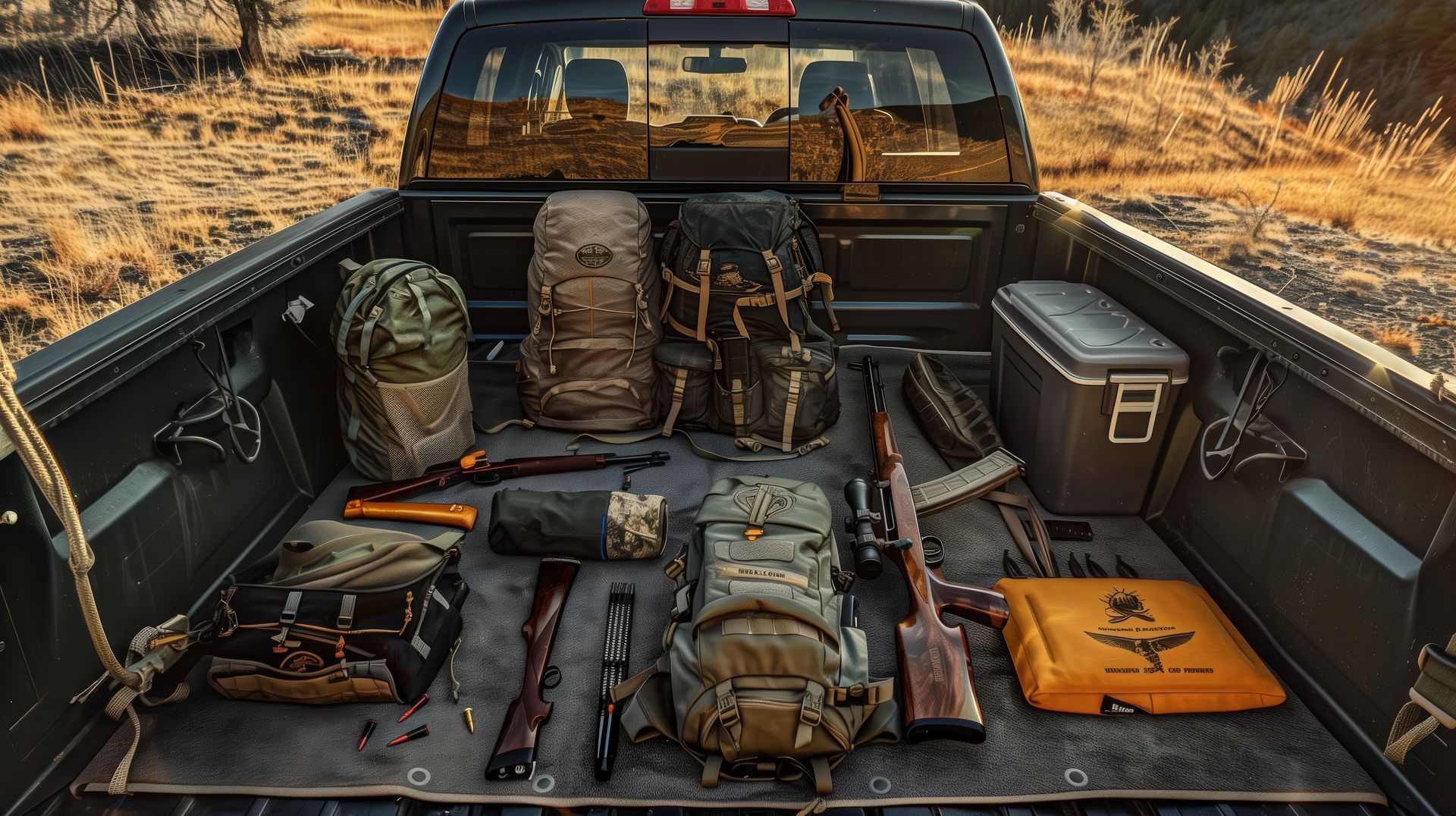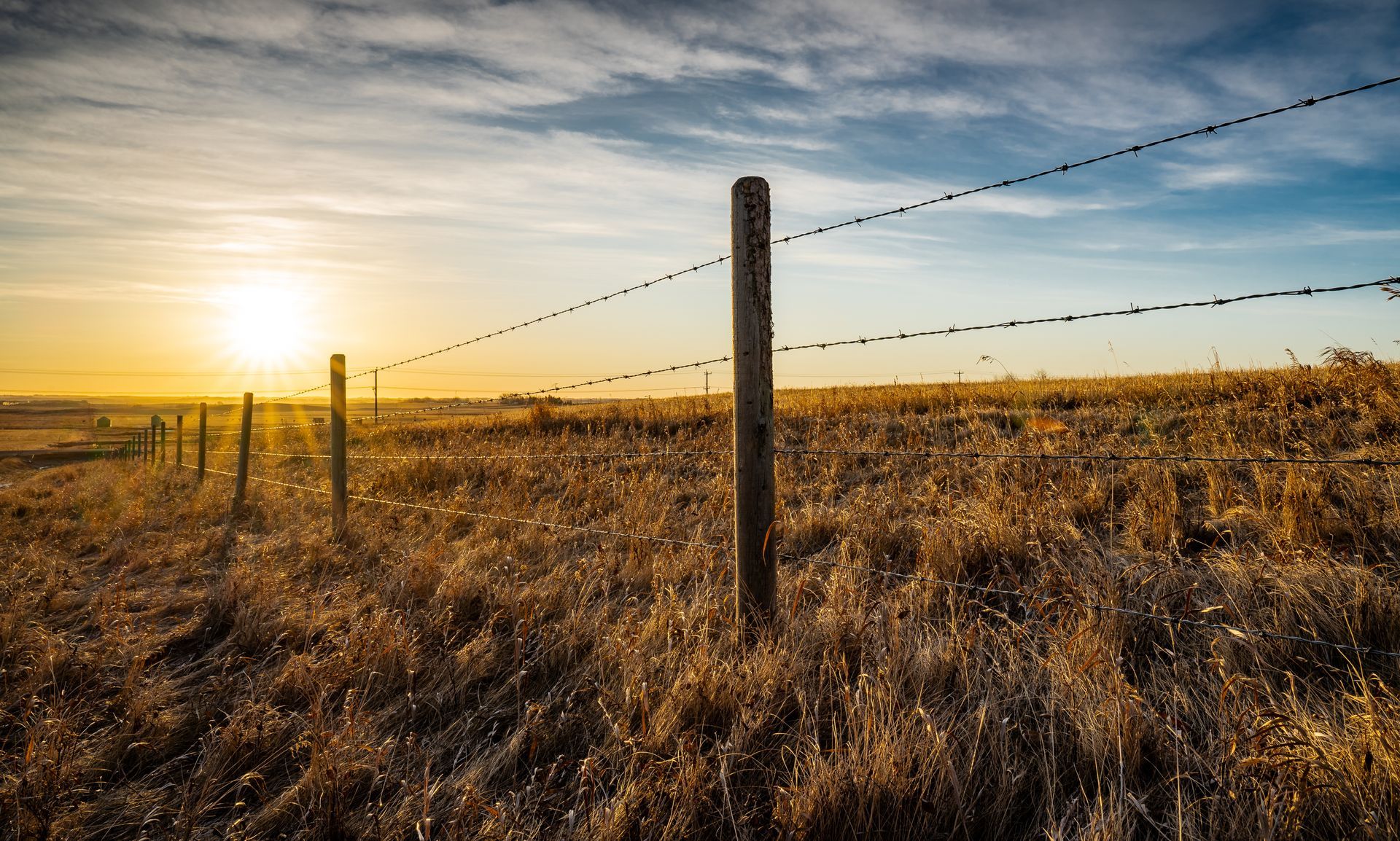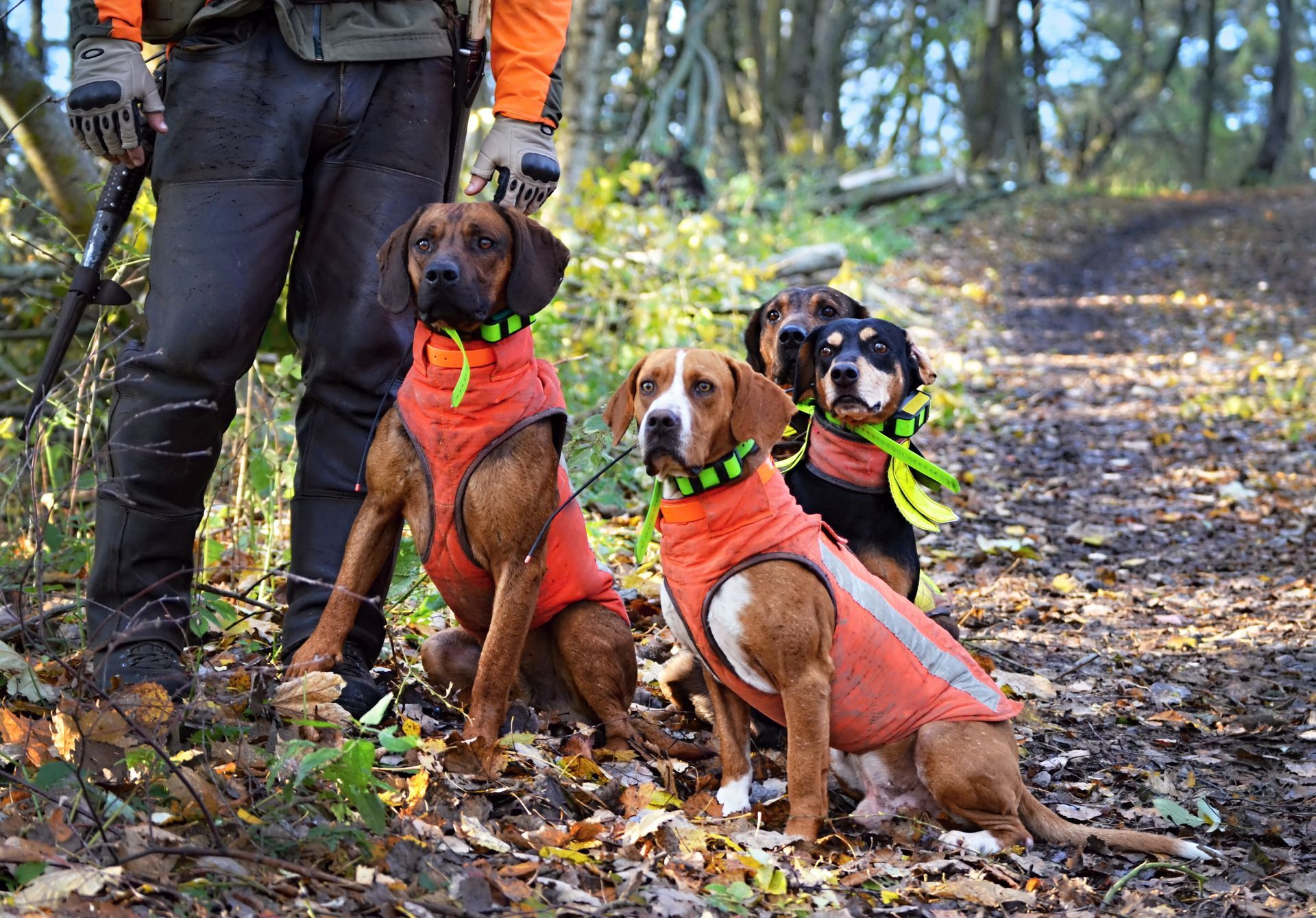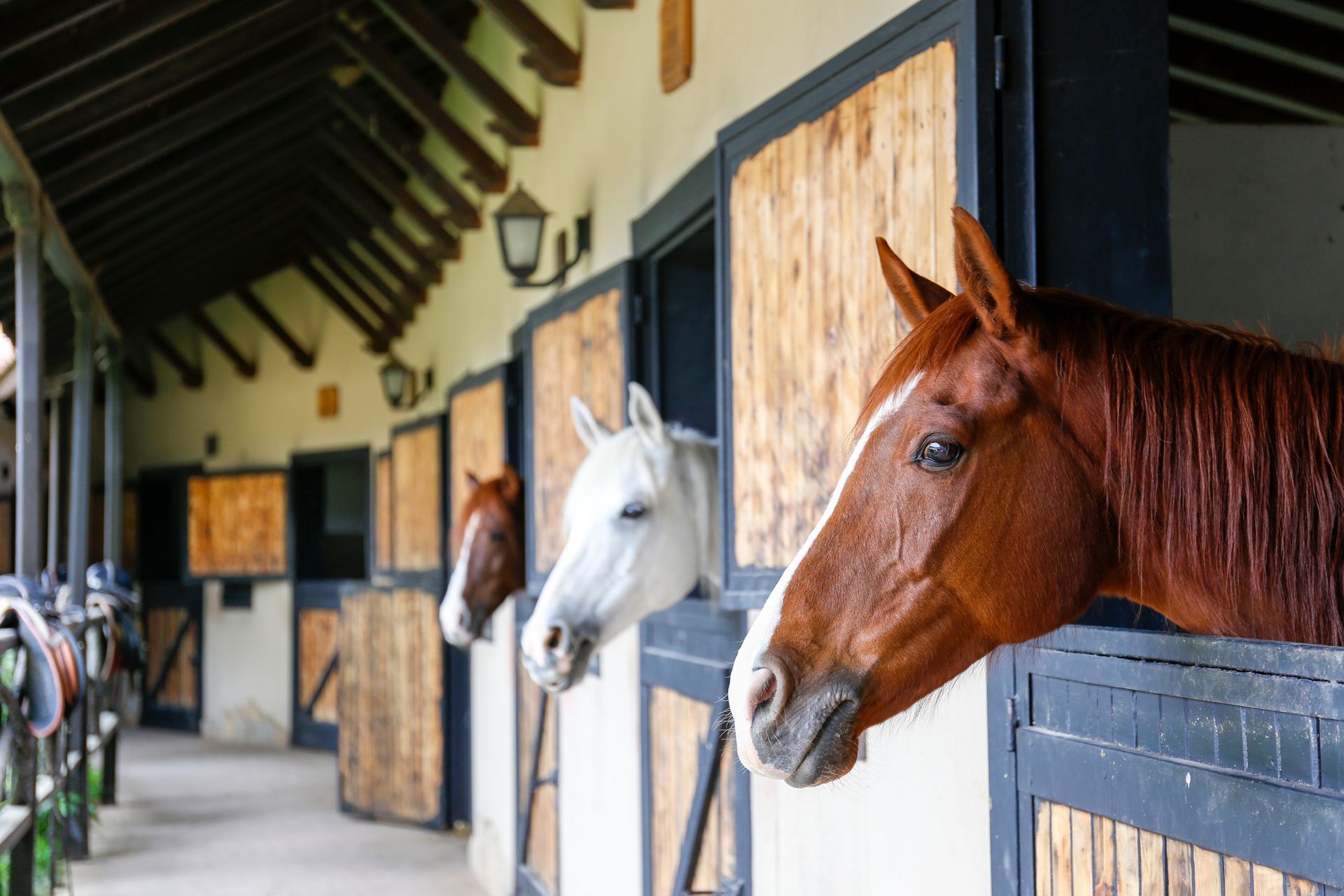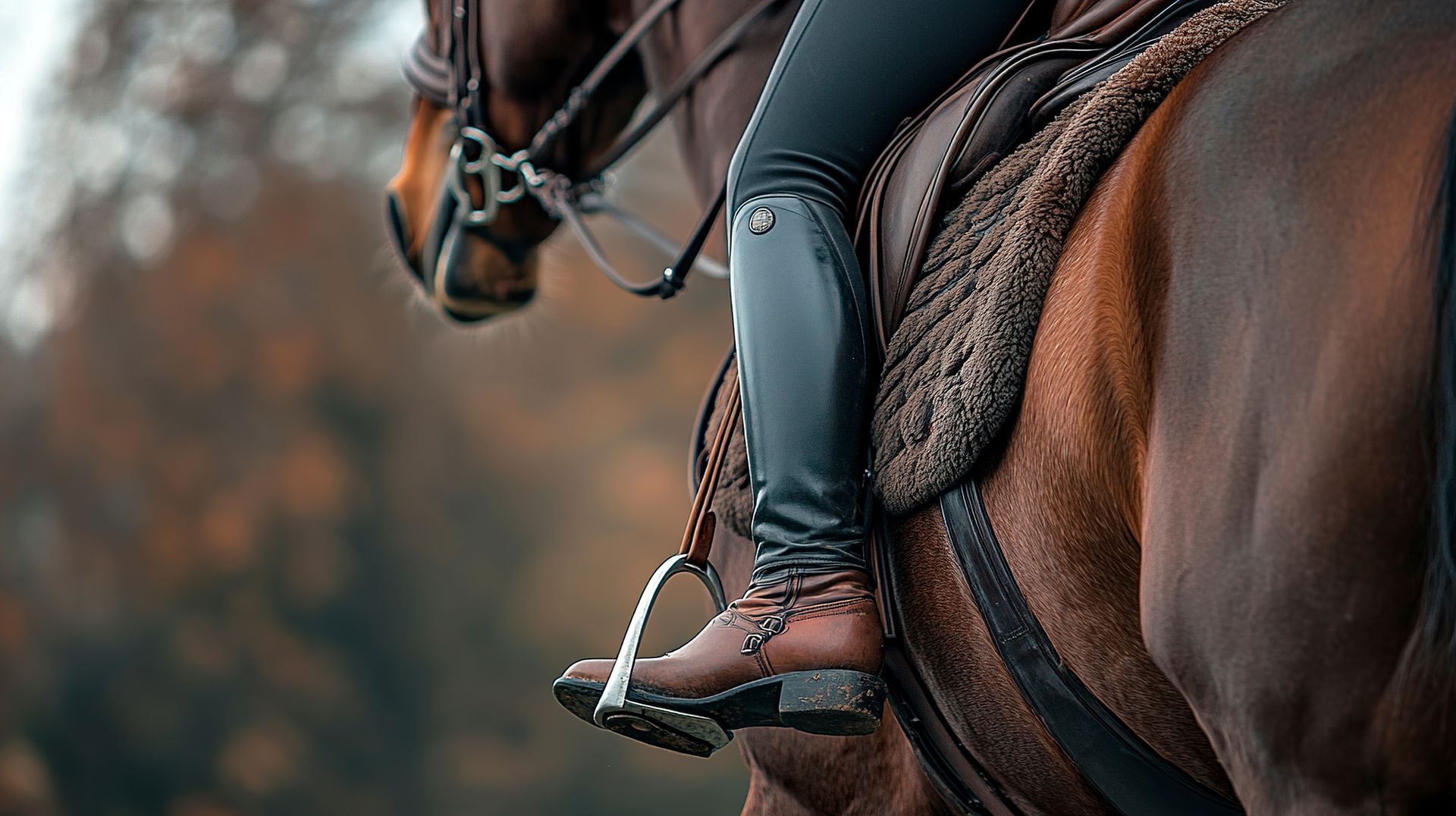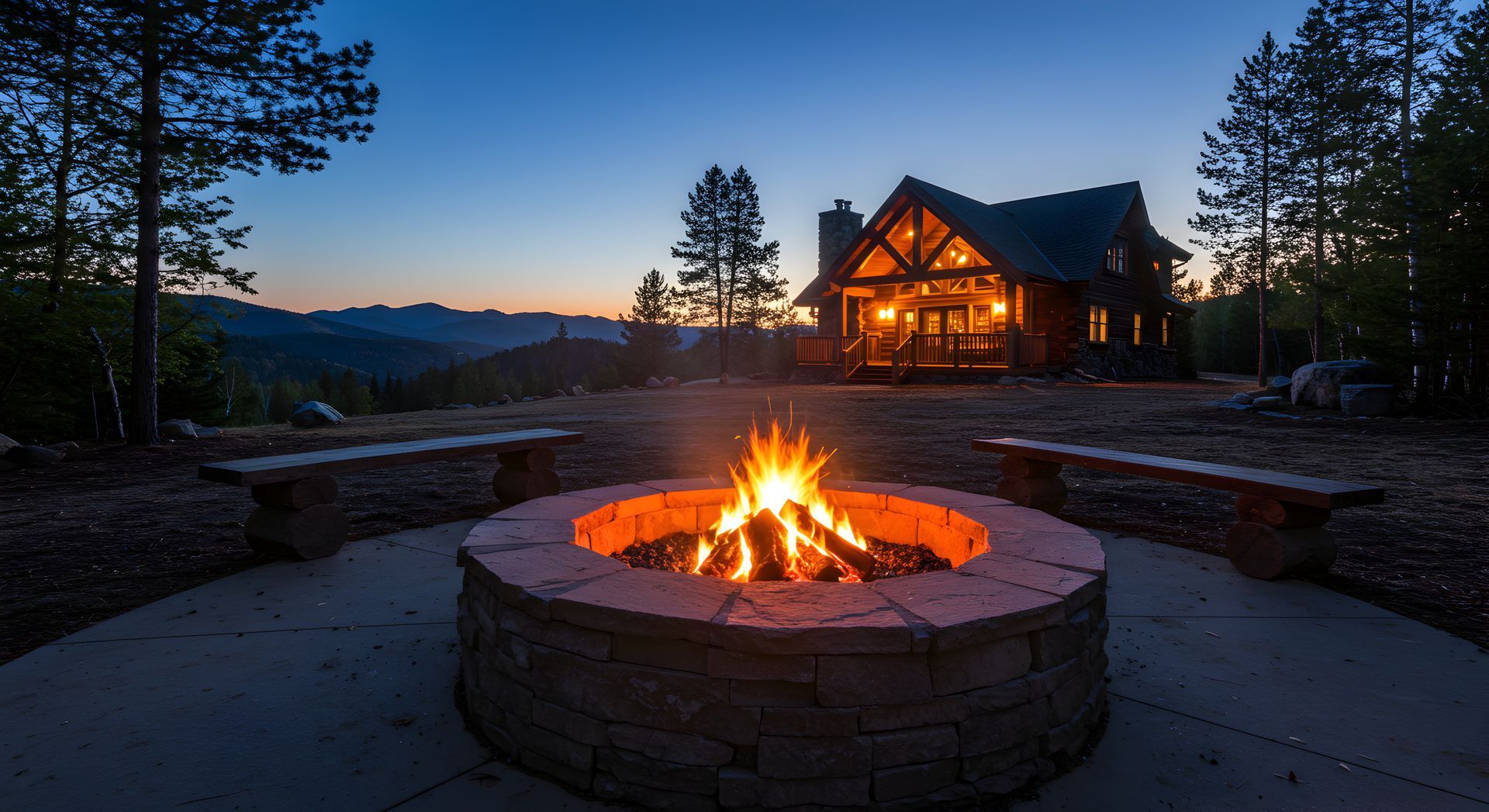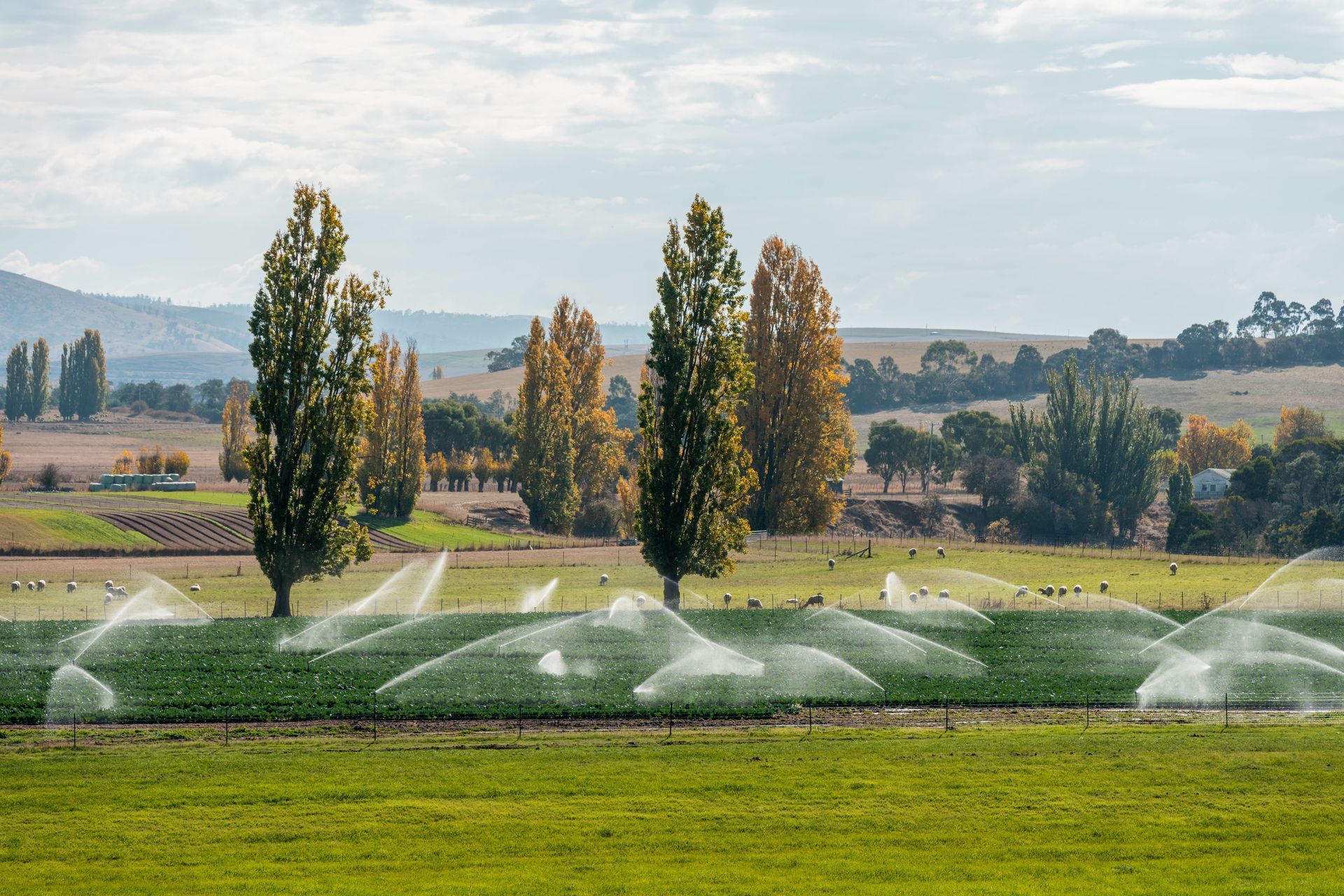Cooling Your Horses and Keeping Them Comfortable in the Summer Heat
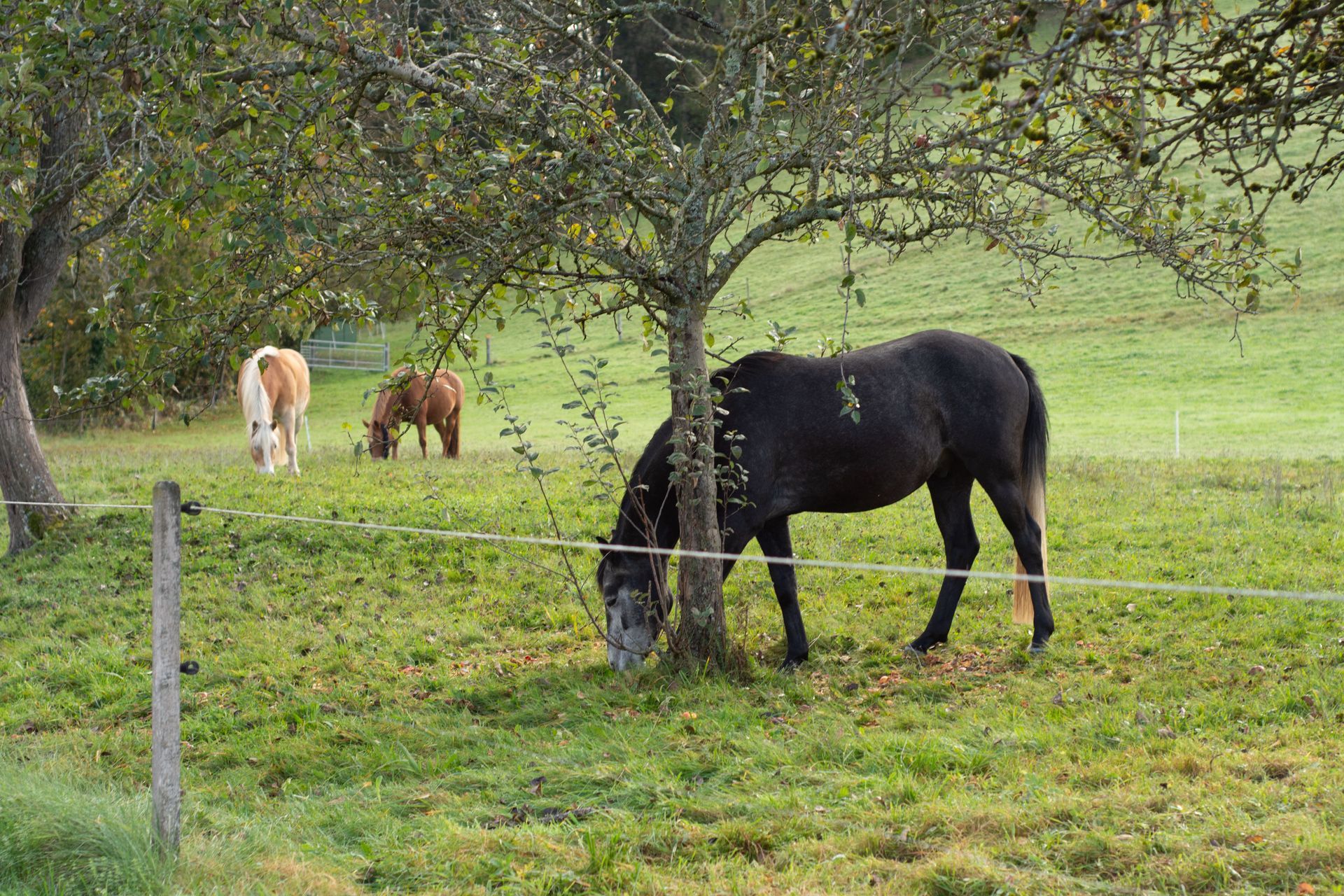
As summer temperatures climb, horse owners face the important task of helping their equine companions stay cool, safe and comfortable. Horses are more susceptible to heat stress than many people realize, especially when they’re active, out in the sun or dealing with high humidity. From hydration and shade to grooming and turnout strategies, managing your horse's comfort in the summer heat is not just about convenience; it's about their health and well-being.
Whether you're preparing for a trail ride, managing a barn or caring for horses on your own property, here are the essential ways to keep your horses cool and comfortable during the hottest months of the year.
1. Hydration is Non-Negotiable
First and foremost, horses need access to clean, cool water at all times. A horse can drink 5 to 10 gallons of water per day under normal conditions, but in the heat or after exercise, that number can easily double. Without enough water, horses risk dehydration, which can lead to serious health complications like colic and heat exhaustion.
Tips for ensuring your horses remain hydrated:
- Check water buckets and troughs multiple times a day.
- Place water sources in shaded areas to keep the temperature down.
- Add electrolytes to your horse’s water or feed if they’re sweating heavily or showing signs of salt loss.
2. Shade and Shelter are a Must
Direct sunlight can quickly elevate a horse’s body temperature. Providing adequate shade or shelter, whether it's a barn, run-in shed, or even natural tree cover, is essential during the summer. If your horse lives outside, make sure there is always an option to escape the sun.
Even when turned out at night, horses may need shaded spots for early morning and late afternoon hours when the sun is still strong.
3. Time Turnout Wisely
When it comes to pasture time, early morning and evening are best. These are typically the coolest parts of the day, and avoiding midday turnout will help reduce heat stress. If your horse must be out during the day, make sure there’s plenty of shade, access to water and the option to come inside if needed.
4. Use Fans and Ventilation
In barns and stalls, proper airflow makes a huge difference. If you’re housing your horse indoors, use box fans or overhead fans to keep the air circulating. Ventilation helps dissipate heat and humidity, creating a more comfortable environment.
Make sure all fans are safely mounted and cords are protected from curious noses or hooves.
5. Rinse and Cool with Water
When horses are overheated, nothing helps get their temperature down faster than a cool rinse. Use a hose or sponge with cool (not ice-cold) water, and focus on the neck, chest and legs. For horses who’ve been working, follow up a rinse with gentle walking to help regulate their body temperature and prevent muscle stiffness.
Avoid blanketing or wrapping unless directed by a vet, as this can trap heat.
6. Adjust Workload and Intensity
Exercising your horse in the heat requires caution. Avoid intense rides during the middle of the day, and always monitor your horse for signs of overheating, such as:
- Excessive sweating or no sweating at all
- Rapid breathing or high heart rate
- Lethargy or stumbling
- Dark mucous membranes or dry gums
7. Grooming and Coat Care
Keeping your horse dapper with daily grooming also helps regulate body temperature. Daily brushing removes sweat, dirt and loose hair that can trap heat. Clipping long or thick coats, especially on horses who don’t shed out fully, may also help them stay cooler.
Fly sprays and protective sheets can prevent biting insects without adding too much warmth, but always evaluate your horse’s comfort level before layering anything on in the heat.
8. Watch for Signs of Heat Stress
Knowing the signs of heat exhaustion or heatstroke is vital. Horses who become lethargic, stop sweating or develop a high rectal temperature (above 103°F) should be moved to a cooler area immediately and rinsed with cool water. If symptoms persist or worsen, contact your vet right away.
It’s also wise to keep a thermometer, electrolytes and cooling supplies on hand during the hotter months, especially during trailering or events.
9. Summer Treats and Supplements
Help your horse stay cool from the inside out with frozen treats made from soaked hay pellets, apples, carrots or electrolytes frozen into ice blocks. These can be offered in small amounts and make a fun, enriching reward during hot afternoons.
Just remember to introduce any new treats or supplements slowly and with consideration of your horse’s dietary needs.
A Summer Sanctuary for Your Horse in the Lone Star State
Keeping your horses cool in the summer is about more than avoiding heatstroke; it's about helping them feel good, perform well and stay healthy. At Ranger Ridge, we know how much our members’ horses mean to them, and we’re here to support ownership with a top-of-the-line amenities exclusively for members.
Ranger Ridge is a unique sportsman’s refuge for those seeking a full-time home, a weekend retreat or a summer escape. Many of our members want to bring their horses with them and take advantage of the many miles of riding trails and our arena. That’s why we’ve developed our equine facility with comfortable stables, a full-size roping arena and more than 40 acres of riding space. Your horses will always be safe and happy when they’re here.
Contact us at Ranger Ridge to learn more or give us a call at (940) 424-2678 to book your tour today.

